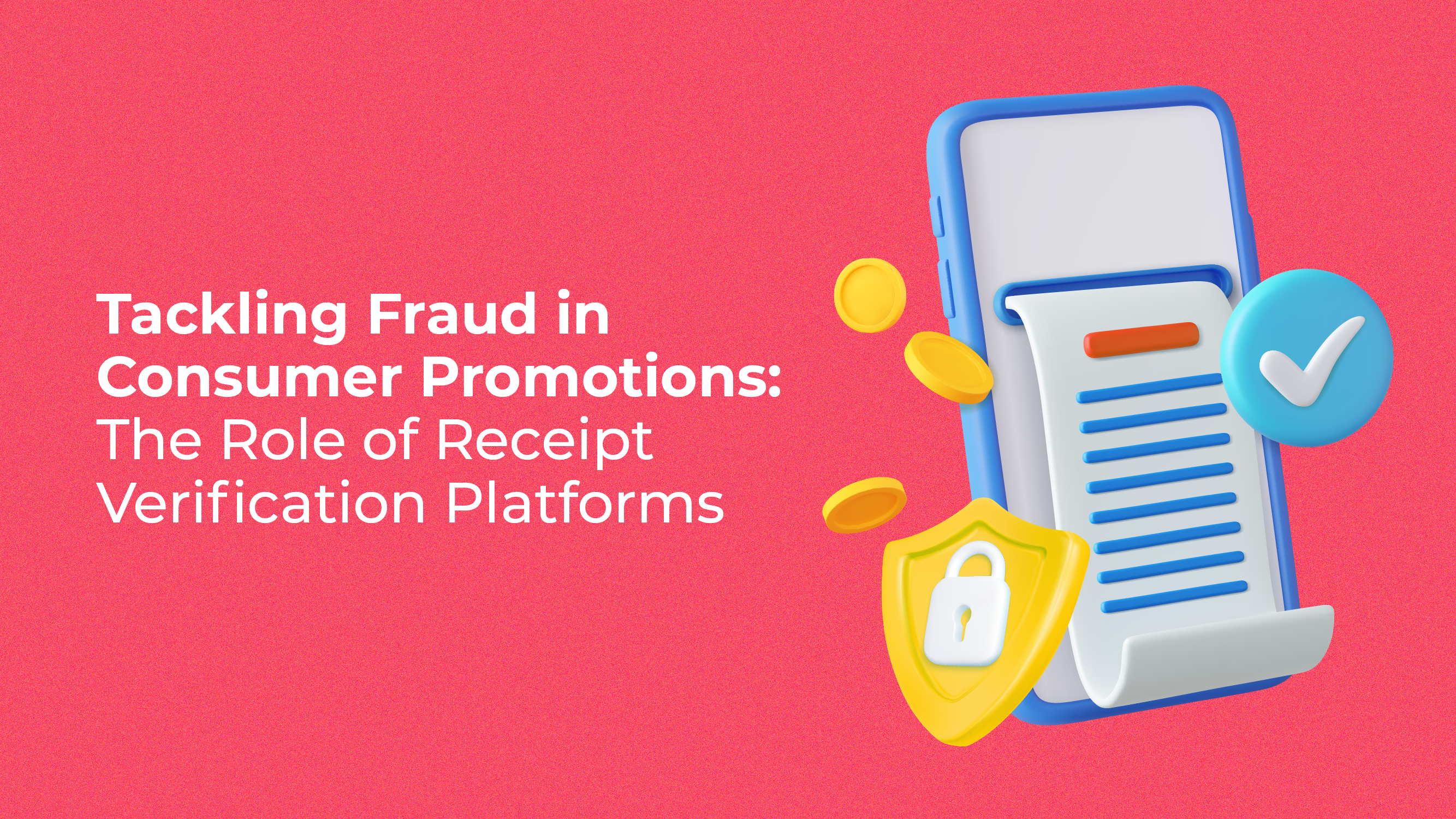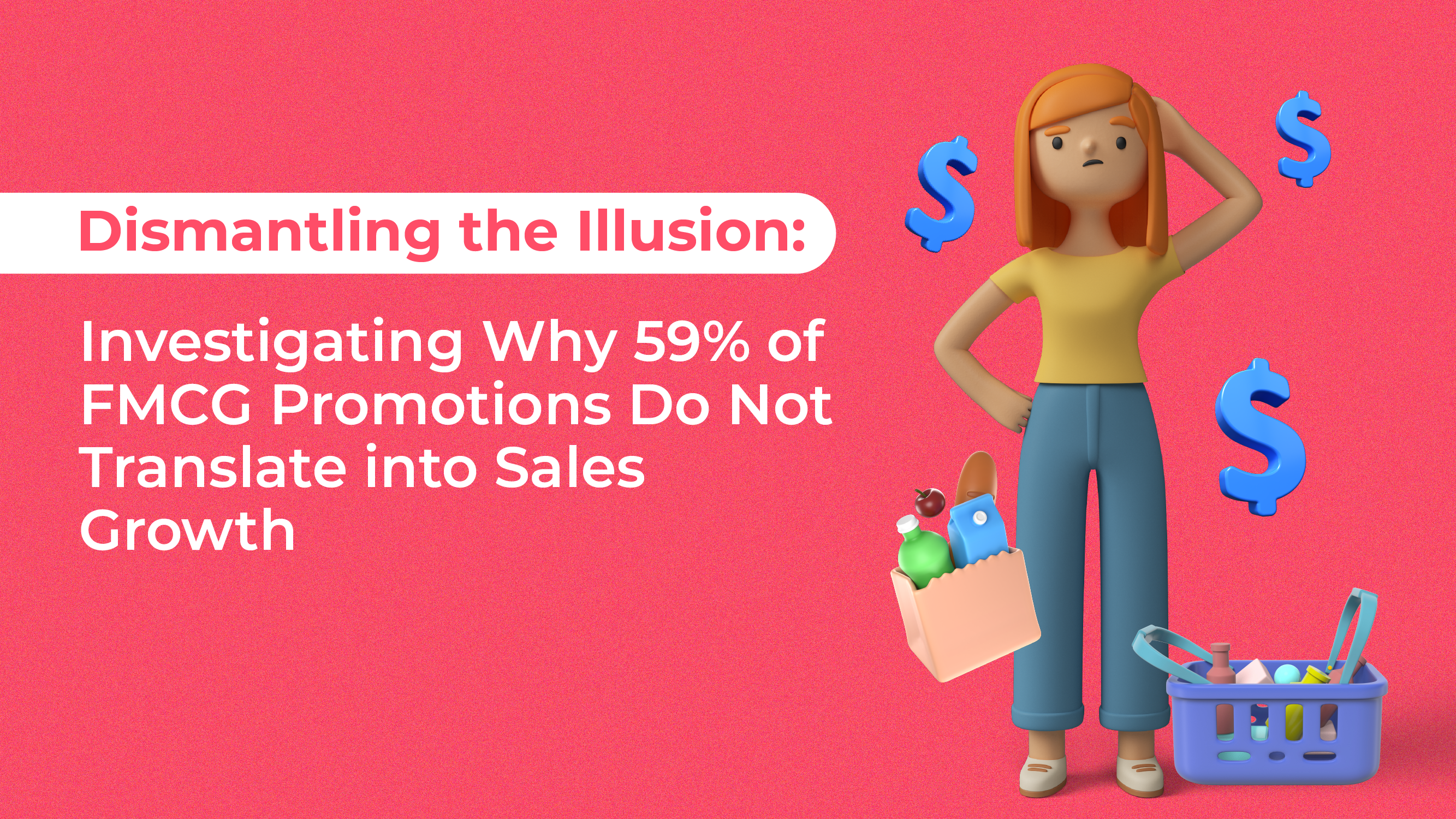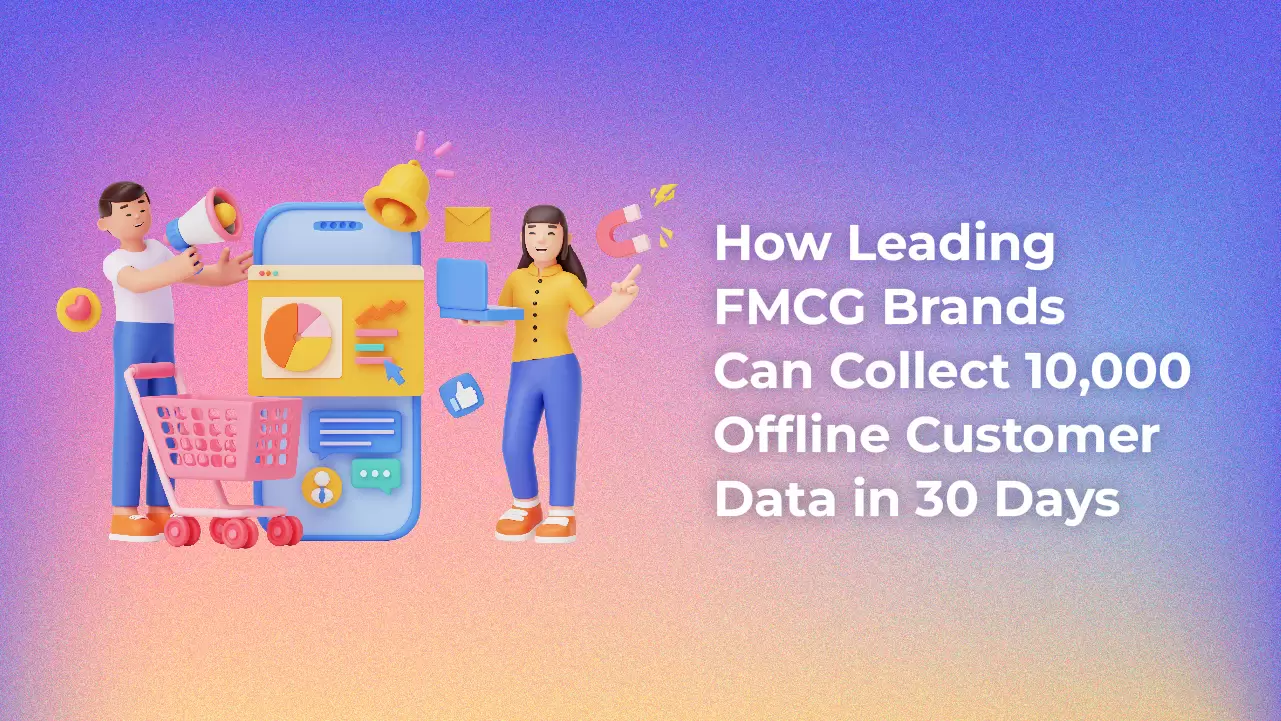Increasing footfall has always been a concern for retailers. Now, more than ever with the digital age, retailers are struggling to keep up with sales in brick-and-mortar stores due to competition from e-commerce. After all, why go through the hassle of sifting through a store when shopping can be conducted from a swipe on the phone?
It seems like the only way to reach customers this way is through digital marketing, but there are other things you can do to facilitate progress. Here are some tips you can make use of to increase footfall in retail stores!
1. Keep Up Appearances
Maintaining your store’s overall look and feel is just as important as the services offered. Pleasing aesthetics will draw wandering shoppers to your store, even if it’s just to check out what your store is about. Although whether they stay or not will not be determined by your store’s look and feel, putting in the effort will increase the chances of converting wanderers into customers!
Maintaining your store’s appearance can be as simple as having regular cleaning schedules. Sweeping your store-front and cleaning windows should be done daily, while tasks like painting and decorating can be done less frequently. Nevertheless, make sure your store looks good if you want to increase footfall!
2. Gamify The Retail Experience! [restrict]
Customers possess a need to be entertained. Retail gamification is one sure way to peak the interest of potential customers. Gamification strategies have been proven to draw in new customers, as well as enhance the overall customer experience.
Combining elements like discounts and promotions with a unified gaming-strategy can make all the difference. Retail gamification can be used both online and at brick-and-mortar locations to increase traffic in your stores!
3. Utilize Unified Omnichannel Strategies
E-commerce and social media strategies are essential in keeping physical retail businesses alive. Shopping is viewed as a single experience through the eyes of consumers, and for your stores to stay alive, it’s important to be driving foot traffic from all available avenues!
Utilizing omnichannel strategies to boost physical retail occurs both ways. Providing discounts or free gifts for social media check-ins or in-store visits ensures that traffic is flowing both ways! Make sure that the systems are balancing out each other, and that one is not given priority over the other.
4. Invest In Your Employees
Customer service is one of the most important aspects of a business. Retailers spend lots of money on marketing, but customers should be handled with care. Driving foot traffic may help with initial sales but gaining a repeat customer through first impressions matters just as much. Nurture and train your employees well!
Bored looking employees are a turn-off to passers-by. When store employees look busy, wandering shoppers will want to come in and find out what the fuss is all about, driving foot traffic altogether. It’s important to train your employees and delegate enough work for them to handle.
5. Analyse, Optimize, Repeat
The main advantage of digital retailers is that they have access to data that can help them drive sales. Many retailers fail to realize how to utilize the data on physical avenues. In-store analytics tools can help you discover things about customers to help drive footfall.
By tracking conversion rates, queue lengths and dwell times, you will be able to make better decisions overall. If you’re new to in-store analytics, there are simple and easy-to-use ones out there. Finding out what works could take a few months of trial-and-error, but it’s well worth the results in increasing and maintaining foot traffic to your stores.
Conclusion
Foot traffic is an essential measure with running brick-and-mortar stores. More traffic means more opportunities for sales and growth, which in turn means higher avenues. It is important to make sure that aspects of physical retail are not neglected in the process of transitioning from offline-to-online.
The convenience that e-commerce offers has made it difficult for those with physical stores to compete. There is an inherent need to develop unique selling propositions and omnichannel strategies to get customers interested in visiting a store.
With that said, however, there are examples of retailers who transitioned from online-to-offline instead, showing us just how influential the internet can be when it comes to physical retail.
Actionable Takeaway:
The tips offered above are just a start in driving footfall to physical outlets. Many argue that brick-and-mortar stores are becoming irrelevant to retail, but that should not be the case. With a some workarounds and adaptation, you can work at ensuring that your physical stores continue to thrive!
[/restrict]










